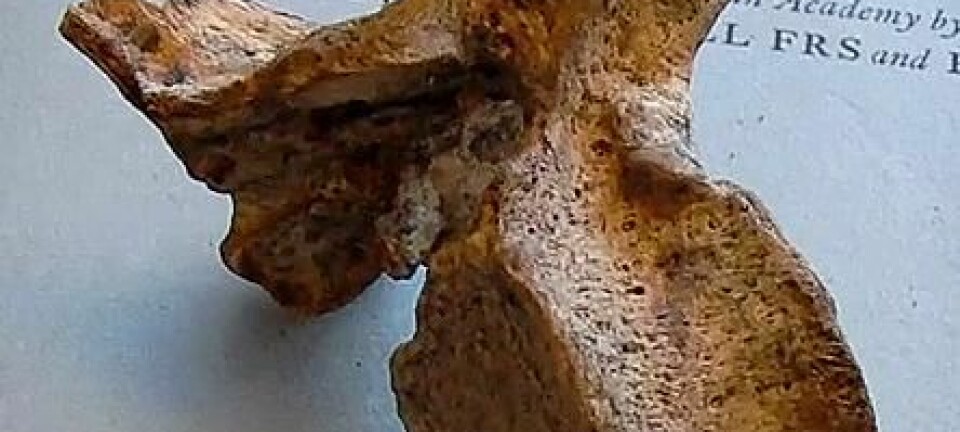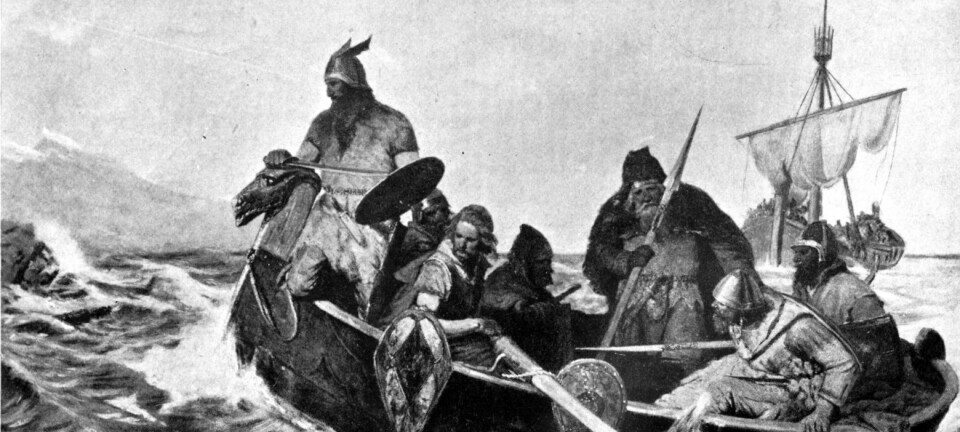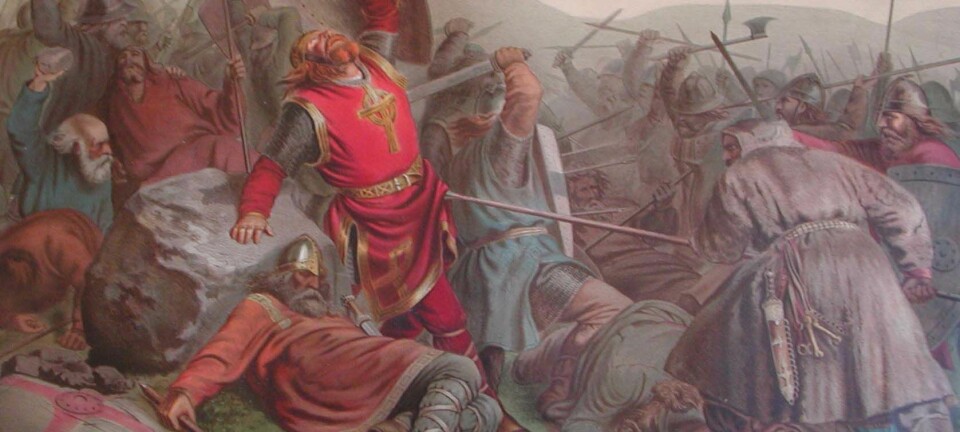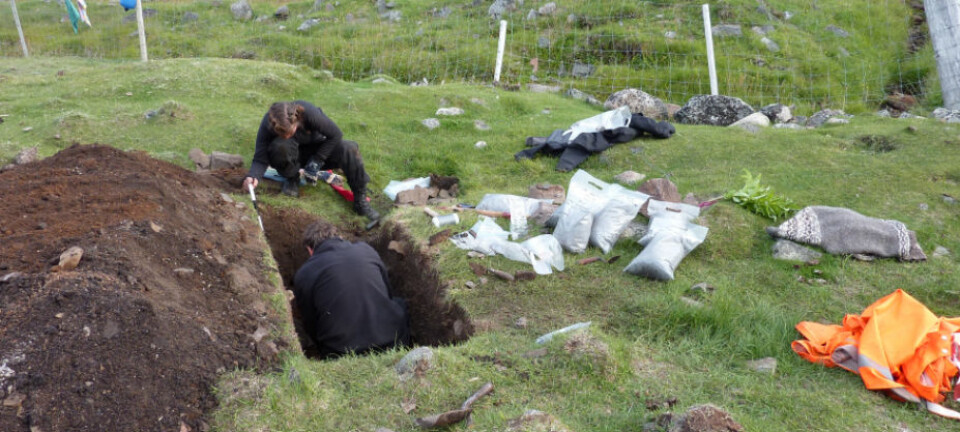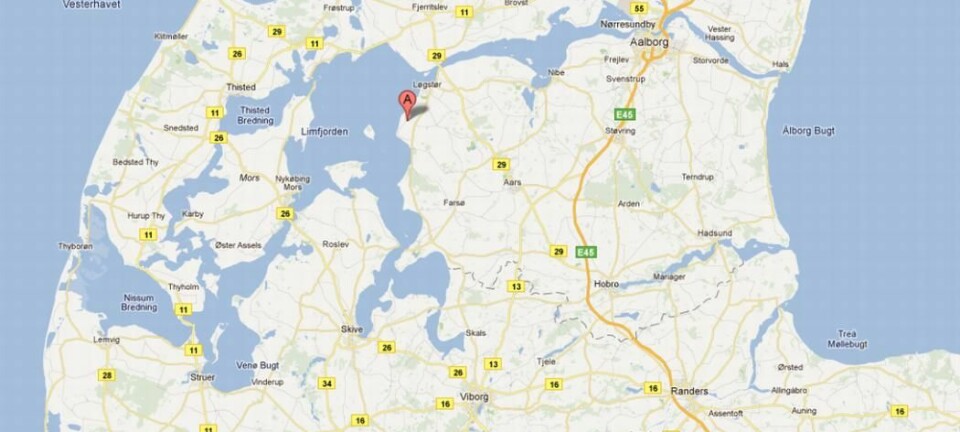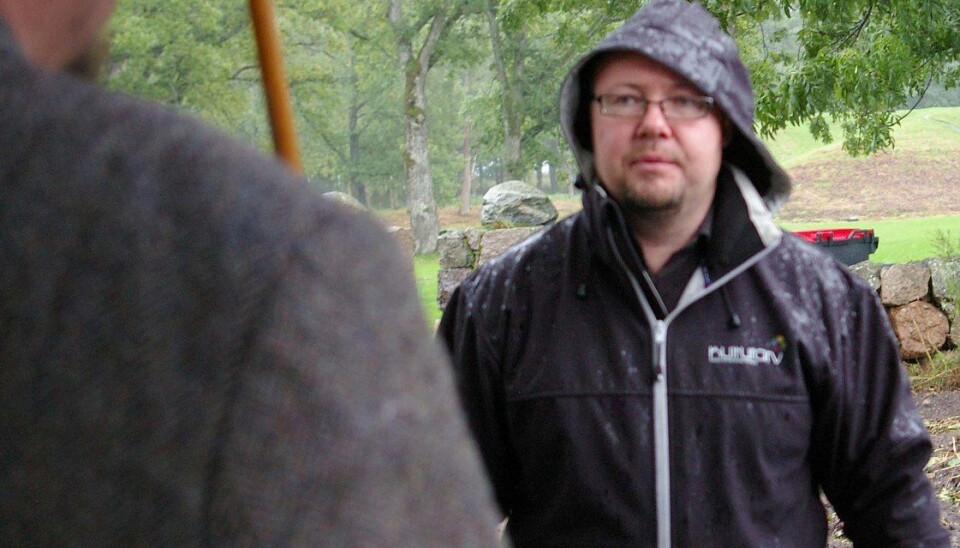
Viking research sails eastward
The Vikings’ relationship to Eastern Europe has been overlooked, but a new era in Viking research is underway, according to Norwegian Archaeologist.
Denne artikkelen er over ti år gammel og kan inneholde utdatert informasjon.
There ought to be more research on the Vikings’ relationship to Eastern Europe, according to Archaeologist Terje Gansum. He leads management of relics in a local cultural heritage project.
Gansum thinks a new era in Viking research is now underway. He says that the field has been far too dominated by contemporary political thought and that researchers have focused too much on placing Vikings in a Western European context.
He points out that finds at Borre in Vestfold have clear links to countries east of Norway. The most similar discoveries to these at Borre have been made in Sweden, Russia, Latvia and Lithuania.
“Scholars have failed to make this point well enough in publications until now. Perhaps this error has something to do with the Cold War,” said Gansum, when he recently guided a group of archaeologists from all over Europe through Viking country in Norway: Vestfold County.

They bussed through Vestfold on a tour arranged by the annual conference of the European Association of Archaeologists, which was held in Oslo.
Viking kings’ family ties
We know from written sources that some of the Viking kings, such as Olav Haraldsson (St. Olaf) and Olav Tryggvasson, were related to aristocratic families in Eastern Europe.
Gansum thinks future international cooperation will unveil more knowledge about the eastern connection and that progress will be made when Norwegian researchers do some re-thinking and engage in more cooperation with colleagues in the east.
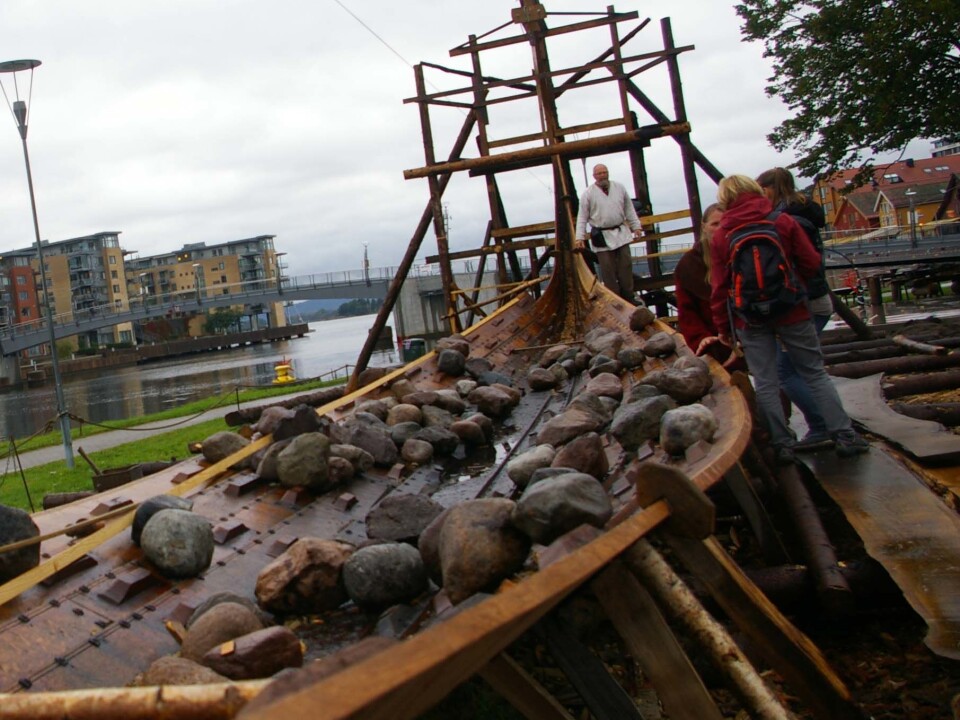
The first documented Viking ship excavation
Vestfold County, southwest of Oslo, is rich in archaeological Viking sites.
The Midgard Historical Centre at Borre has seven large burial mounds and a stone pile gravesite along with rich exhibits of artefacts dug up in the area.
“Here at Borre arhaeologists excavated a Viking ship and documented it for the first time. That was in 1852," explains Gansum. “We know that people dug up Viking ships across the Oslo Fjord in the mid-1700s, but we have no documentation from such digs," says Gansum.
True Oseberg copy
In nearby Tønsberg archaeologists and boat builders, with good help from 100 volunteers, are reconstructing a true copy of the Oseberg ship. The original is in the Viking Ship Museum in Oslo.
Contrary to most reconstructions, this ship copy is being built entirely with Viking tools and the entire process from start to finish is utilizing Viking methods.
“This is incredibly exciting,” commented Nikolaj Khan from the association Vyatka Archaeological Expedition in Russia.
He was attending the conference in Oslo to give a talk about silver jewellery from the Viking era and he was fascinated by the Oseberg reconstruction now underway.
“It’s wonderful to see how the Vikings solved technological problems over a thousand years ago. We still struggle with some of these today and it’s obvious that the Vikings were dexterous and skilled in handicrafts because they had some excellent solutions.”
Khan finds it amazing that the Oseberg is a ship that can sail across the Atlantic and the Mediterranean and all the way from Newfoundland to the Caspian Sea, and in rivers like the Volga and Dnieper.
Viking tourism in Vestfold
There’s a sizeable interest in the Viking era in Europe and elsewhere, so Terje Gansum thinks Norway should invest more on Viking tourism.
“Vestfold has a goal of becoming Norway’s number one Viking county, and we’re going to succeed,” he says.
He thinks Norway should think big, and shouldn’t simply rely on tourists taking the initiative to turn off of roads in Vestfold to visit burial mounds on their own.
The National Geographic Channel might provide a boost because it has decided to make a documentary on the reconstruction of the Oseberg ship.
The Oseberg copy is expected to be completed in the spring of 2012.
Translated by: Glenn Ostling










